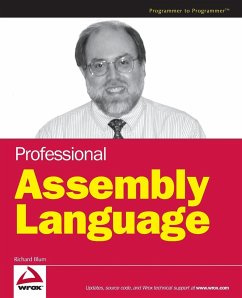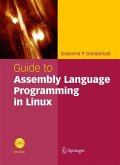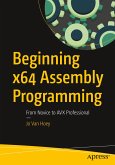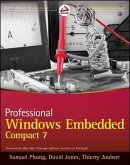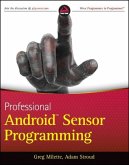_ Unlike high-level languages such as Java and C++, assembly language is much closer to the machine code that actually runs computers; it's used to create programs or modules that are very fast and efficient, as well as in hacking exploits and reverse engineering
_ Covering assembly language in the Pentium microprocessor environment, this code-intensive guide shows programmers how to create stand-alone assembly language programs as well as how to incorporate assembly language libraries or routines into existing high-level applications
_ Demonstrates how to manipulate data, incorporate advanced functions and libraries, and maximize application performance
_ Examples use C as a high-level language, Linux as the development environment, and GNU tools for assembling, compiling, linking, and debugging
_ Covering assembly language in the Pentium microprocessor environment, this code-intensive guide shows programmers how to create stand-alone assembly language programs as well as how to incorporate assembly language libraries or routines into existing high-level applications
_ Demonstrates how to manipulate data, incorporate advanced functions and libraries, and maximize application performance
_ Examples use C as a high-level language, Linux as the development environment, and GNU tools for assembling, compiling, linking, and debugging

